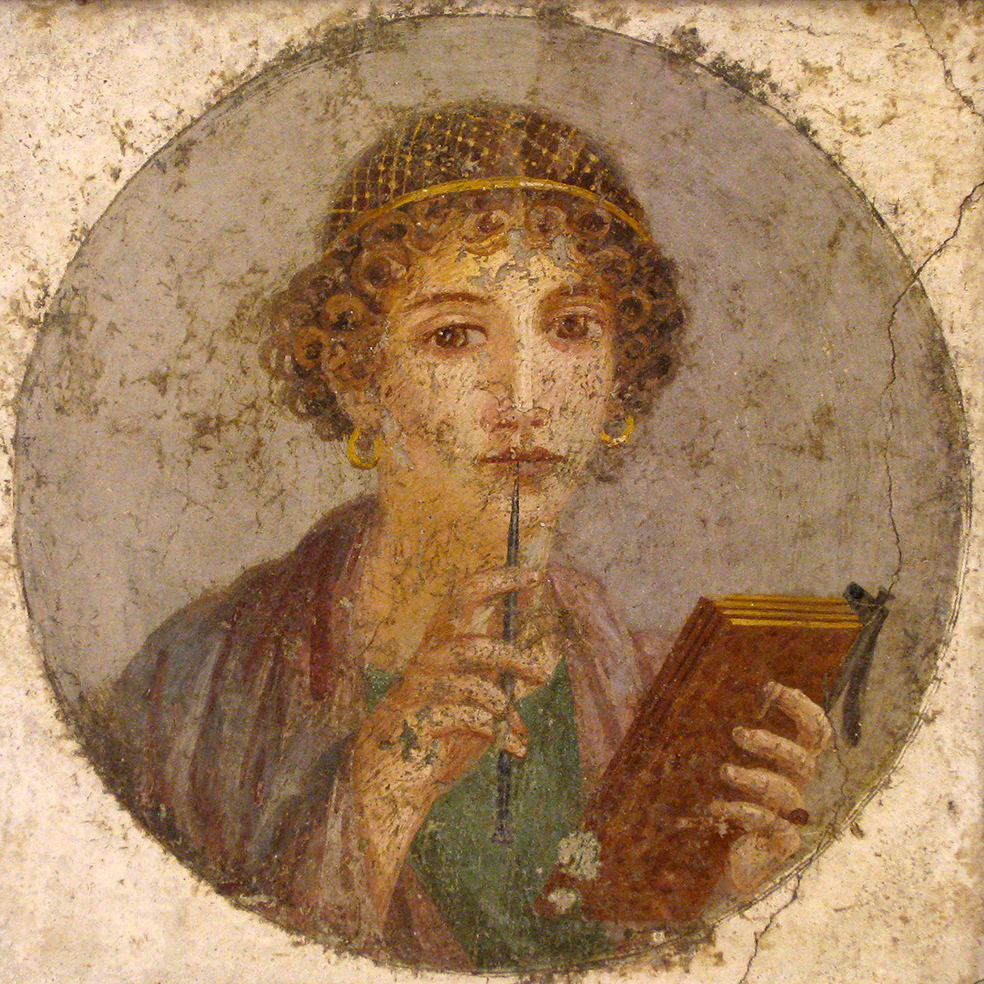In Hellenistic times, epigrams were meant to add deeper meaning to the experience of heritage sites and monuments.
The oldest surviving epigrams are inscriptions at Greek sanctuaries around 500 BC. Accordingly, the word ‘epigram’ is derived from the Greek word ἐπιγράφειν (epigraphein = to write on).
Good epigrams had to be short and to the point, and they soon tended to become more poetic. So, they were not just the ancient version of KISS (Keeping It Short and Simple) but also close to what we call an interpretive theme. An epigram should catch a whole in a brief sentence that included some deeper meaning.
In 1802, Samuel Taylor Coleridge wrote – in epigram style:
What is an epigram? A dwarfish whole,
its body brevity, and wit its soul.
Of course, not all epigrams fulfilled this requirement; in fact, some were rather long – as not all interpretive themes are strong interpretive themes. But one can find enough good examples to support the idea.
According to the historian Herodotus (484-425 BC), one of the most famous epigrams was placed at Thermopylae, where a small group of Spartan warriors fell in 480 BC in their attempt to repulse a massive Persian army. According to a modern translation of Herodotus’ text (taken from the novel ‘Gates of fire’, Pressfield 1998:1), it read:
Go tell the Spartans, stranger passing by,
that here obedient to their laws we lie.
Obviously, reading this was meant to make the place resonate with its visitors by referring to the universal concept of faithfulness, even providing the reader with a task beyond the site. This also fulfils all five requirements IE suggests in its training handout ‘Creating an interpretive theme’, by:
- Supporting but also exceeding the physical experience of the site
- Revealing a universal concept that is relevant to all people
- Being one short and simple sentence and including only one strong idea
- Exciting not only the author but most likely also getting under the skin of others
- Being suitable as a summarising statement in an interpretive text or talk.
A more in-depth investigation of the Thermopylae epigram can be found in Ziogas (2014). Since in ancient times, the Spartans, especially those who inhabited the region of Laconia in Peloponnese, were famous for being succinct; such phrases were also called Laconic phrases. Among the countless anecdotes around their use is one about Philipp II of Macedon, father of Alexander the Great, sending a messenger to Sparta with a lengthy letter. The letter announced that he would kick the Spartans out if he would get to Laconia. It is said that the Spartan letter of reply just read: “If”. One can imagine that Socrates was a great admirer of Laconic phrases…
As usual, the Romans were among the first who included the Greek tradition of epigrams into their own culture, although shifting towards more satirical versions. Subsequently, one can trace epigrams throughout the following 2,000 years of European history. Most likely, you can also find good epigrams in the literary history of your own region.
References:
Coleridge, S.T. (1802) ‘Epigram’. The Morning Post and Gazetteer from 23 September 1802.
Pressfield, S. (1998). Gates of fire: An epic novel of the battle of Thermopylae. New York: Doubleday
Ziogas, I. (2014) ‘Sparse Spartan verse: Filling gaps in the Thermopylae epigram’. Ramus 43 (2): 115–133
Thorsten Ludwig is an interpretive trainer and planner based in Germany. Since 1993, he has run Bildungswerk interpretation as his own company. You can get in touch with him at: Th.Ludwig@interp.de.
To cite this article: Ludwig, Thorsten (2022) ‘Interpretive themes during the Ancient era?’ in Interpret Europe Newsletter 2-2022, pg.5
Available online:




